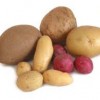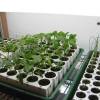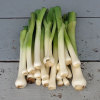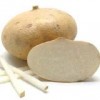How to Grow Ginger

Climate and Environmental Conditions: Ginger is a tropical plant that likes a sheltered site with filtered sunlight, warm weather, and humidity, along with rich, moist soil. It does well in containers, so people can grow ginger in just about every zone. Avoid strong sun, windy areas, frost and soggy soil. Obtaining Root Stock: The best […]




